3D Face Cloning from orthogonal photographs
It utilizes a modification of a generic model after detection of
feature
points on picture data and generate texture mapping including fully
automatic
texture image generation. The methods for cloning are able to make 3D
animation
of a face from orthogonal picture data in a few minutes (practically
about
1~5 minutes).
2D photos offer clues to the 3D shape of an object. It is not feasible,
however, to consider 3D-points densely distributed on the head. In most
cases, we know the location of only a few visible features such as
eyes,
lips and silhouettes, the key characteristics for recognizing people,
which
are detected in a semiautomatic way using the freeform deformation and
then the structured snake method with some anchor functionality for a
subset of feature points, say key features. Figure 1(a) depicts an
orthogonal pair of normalized images, showing the detected features.
The two 2D sets of position coordinates, from front and side views,
i.e.,
the (x, y) and the (z, y) planes, are combined to give a single set of
3D points. The problem is how to deform a generic model, which has more
than a thousand points to make an individualized smooth surface. One
solution
is to use 3D feature points as a set of control points for a
deformation.
Then the deformation of a surface can be seen as an interpolation of
the
displacements of the control points. In the Dirichlet-based FFD
approach,
any point of the surface is expressed relative to a subset of the
control
points set with the Sibson coordinate system. Therefore DFFD is used
here to get new geometrical coordinates for a modification of the
generic head on which are situated the newly detected feature points.
The correct shapes of the eyes and teeth are assured through
translation and scaling appropriate to the new head. As shown in Figure
1(b), the result is quite respectable when we consider the input data
(pictures from only two views). To improve the realism, we make use of
automatic texture mapping with texture generation together.

Figure 1: (a) Modification of a generic head according to
feature
points detected on pictures. Points on a 3D head are control points for
DFFD. (b) Snapshots of a reconstructed head in several views.
Texture mapping serves not only to disguise the roughness of shape
matching
determined by a few feature points, but also to imbue the face with
more
realistic complexion and tint. If the texture mapping is not correct,
the
accurate shape is useless in practice. We therefore use information
from
the set of feature points detected to generate texture in a fully
automatically,
based on the two views. The main criterion is to obtain the highest
resolution
possible for most detailed portions. We first connect two pictures
along
predefined feature lines using geometrical deformations and, to avoid
visible
boundary effects, a multiresolution technique. We then obtain
appropriate
texture coordinates for every point on the head using the same image
transformation.
Figure 1(b) shows several views of the head reconstructed.
 WonSook LEE, Ph.D.
WonSook LEE, Ph.D.
School of Information Technology and Engineering (SITE)
University of Ottawa
800 King Edward Avenue
P.O. Box 450, Stn A
Ottawa, Ontario, Canada K1N 6N5
Office: SITE, Room 4065
Tel: (613) 562-5800 ext. 6227
Fax: (613) 562-5664
Email: wslee@site.uottawa.ca
Web: http://www.site.uottawa.ca/~wslee


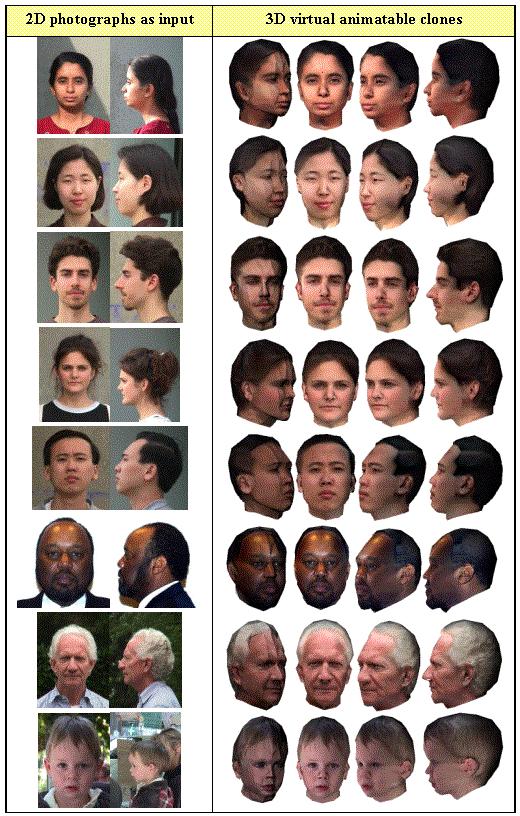
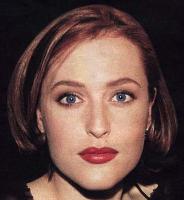
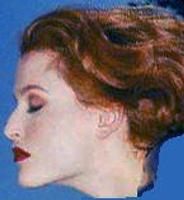

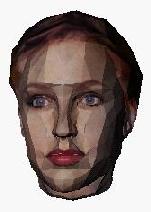
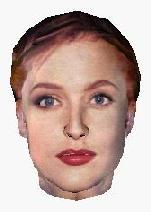
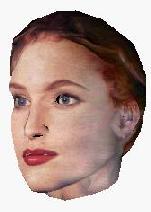

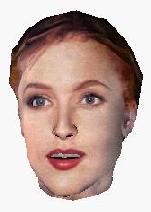
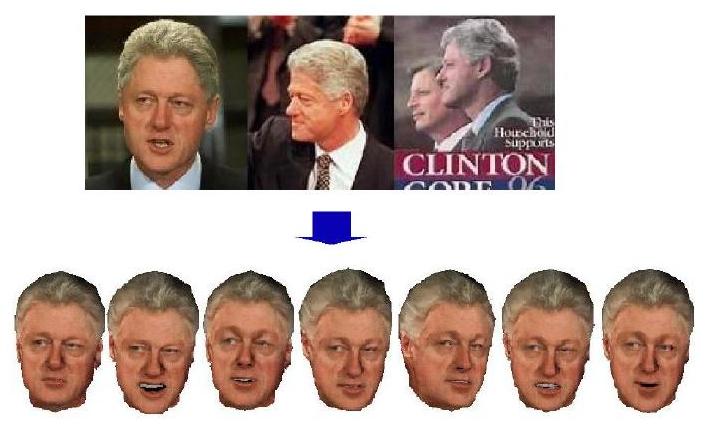
 WonSook LEE, Ph.D.
WonSook LEE, Ph.D.